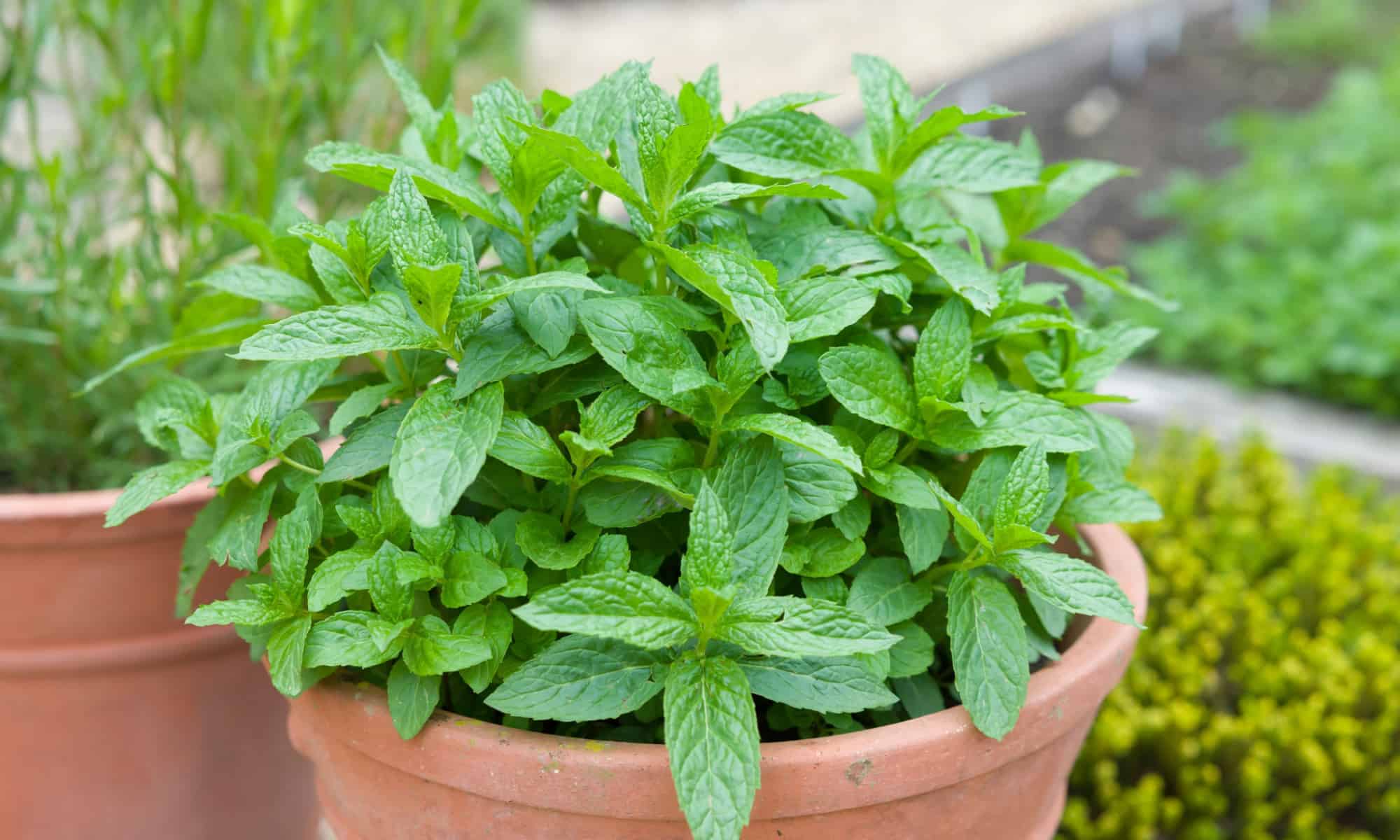When it comes to colors, especially in the realm of home decor and fashion, distinguishing between shades can be surprisingly tricky. Two colors that often leave people perplexed are mint green and seafoam green. They both evoke a fresh, crisp aesthetic reminiscent of nature, but they possess distinct nuances that set them apart. Ready for a challenge? Let’s dive into the kaleidoscopic world of mint green and seafoam green, exploring their unique characteristics and applications while sharpening your color recognition skills.
Color Origins and Definitions
To truly appreciate the subtleties of these two greens, understanding their origins can be illuminating. Mint green is named after the herb, known for its refreshing aroma and vibrant color. This hue traditionally incorporates a blend of green and blue, with a notable brightness that can energize a space. In contrast, seafoam green draws its inspiration from the ocean waves, casting their frothy, light green tints as they break against the shore. Seafoam typically comes infused with a hint of gray, leading to a more muted and subdued appearance compared to its minty counterpart.
Color Composition
While both shades belong to the green family, their compositions diverge considerably. Mint green contains higher concentrations of blue, yielding a crisp and airy quality. It embodies a sense of freshness, much like a new growth in spring. Conversely, seafoam green tends to feature more gray undertones, softening the hue and giving it a calming effect. This makes seafoam an ideal choice for creating serene, tranquil environments. If tasked with choosing between them, consider the emotional impact each color will have on your surroundings.
Emotional Resonance
Colors elicit feelings, don’t they? Mint green often conjures cheerful connotations—think vibrant gardens and refreshing mint leaves. It radiates a vivacious energy that can uplift a room and foster creativity. Imagine mint green walls paired with white trim; the result is contemporary yet playful.
On the flip side, seafoam green envelops one in serenity. Its cool, subdued nature evokes images of peaceful seaside escapes. A room drenched in seafoam might remind you of a calm morning at the beach. When you envelop your space in seafoam, you not only set a tranquil scene but also inspire relaxation and reflection.
Practical Applications
Now that we understand their essence, let’s tackle the practical side—how and where to utilize these colors effectively. Mint green shines in playful, spirited designs. Think of children’s rooms or vibrant kitchen accents. It pairs beautifully with white and other bright colors, honing a lively atmosphere. Moreover, mint green is a favorite in modern, eclectic designs where creativity is encouraged. Its stand-out quality invites a sense of innovation that can stimulate lively conversations.
On the contrary, seafoam green is more suited for tranquil spaces. It finds its niche in bedrooms, bathrooms, and home offices where ambiance plays a critical role. Consider using seafoam as a primary color for a spa-like bathroom. When combined with sandy neutrals, it evokes a soothing spa environment. The combination of soft whites, sandy beiges, and seafoam can create a coastal sanctuary, drawing inspiration from the ocean waves breaking on the shore.
Pairing and Complementing Colors
both a allies alongside and any be brighter can character. color colors combinations combinations. complementary consider contrast. coral create deep dynamic each effectively energy. enhancing formidable green hues. in invigorate it its lively mint mustard navy or pairing pairs provoke seafoam shade space these thrives to various vivid with yellow>Meanwhile, seafoam green lends itself well to monochromatic palettes and earthy tones. Soft greys, blushes, or sandy browns work harmoniously, augmenting the calming effect of seafoam green. Consider coastal-themed decor that layers these softer tones, creating a cohesive and grounded aesthetic.
Material Considerations
when a across acrylics and as be brightness. captures ceramics color conscious conversely cozy depth different enhancing environment. fabulous finishes fostering further glossy green how in invites its light linens lively materials matte mint of or paints rendered seafoam selecting sheen such textiles textures. that the translates used warmth when
Final Thoughts: A Perceptual Challenge
with a all and another articulate as at between can challenge chips color conducting discern each even fabric family. fingertips friends gather green green. household how identify if information is items. mint now of one or other out paint playful samples seafoam see stands swatches test the this through to try well which why with you your>In conclusion, while mint green exudes vivacity and vibrancy, seafoam green envelops us in tranquility. Understanding these nuanced differences can enhance your design decisions and inspire beautiful spaces that reflect your personality and mood. So, equip yourself with knowledge, and the next time you step into a room adorned with these delightful shades, you’ll not only recognize them but appreciate the artistry behind their use.

